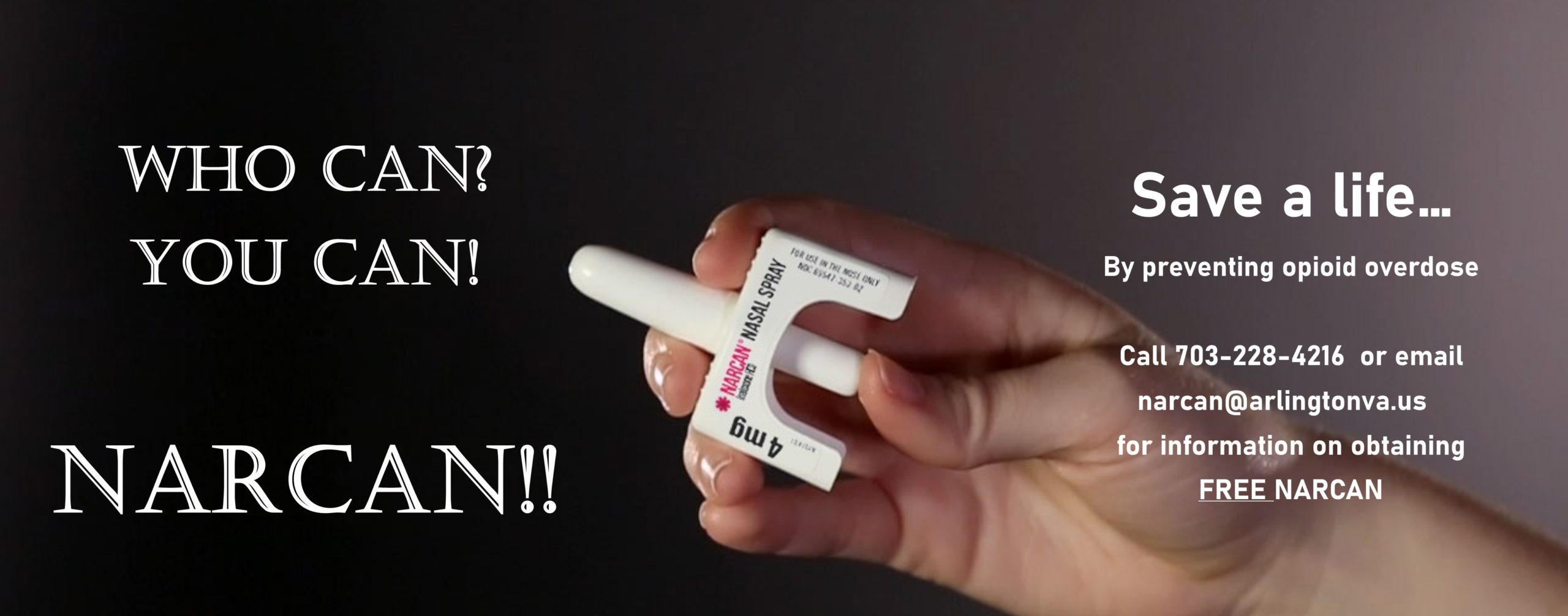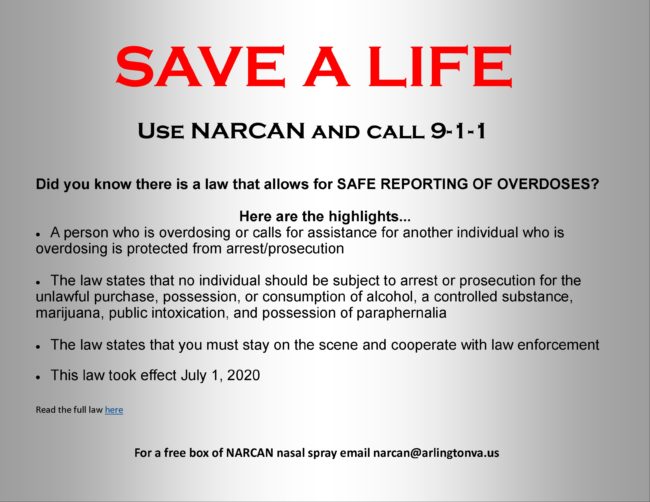Overdose Reversal & Naloxone

FREE NALOXONE & TRAINING: View our (PDF, 162KB)Narcan-Monthly-Training.pdf(PDF, 174KB) for upcoming training opportunities or watch a brief video and request naloxone through the mail.
What is Naloxone?
Naloxone, also known as NARCAN, is a safe and effective medication that can reverse an overdose from opioids, including prescription painkillers, heroin, and/or fentanyl. Naloxone is available at the pharmacy through the statewide standing order. If you or a loved are experiencing an addiction or are prescribed powerful narcotic painkillers, you should have naloxone on hand. For more information, review our NARCAN FAQ. To request free naloxone through the mail, complete this brief online form.
Narcan is now available over the counter: Learn what that means(PDF, 263KB) here(PDF, 263KB), or Request free Naloxone through the mail
Signs of an Overdose
- Slow or shallow breathing
- Cold or clammy skin
- Blue or grey skin, fingertips, or lips
- Deep gurgling or rattling snore (also known as the death rattle)
- Sleeping and cannot be woken up
- Unresponsive to stimuli (like an earlobe pinch or sternum rub)
Recognizing-an-Opioid-Overdose-English.pdf(PDF, 2MB)
Recognizing-an-Opioid-Overdose-Spanish.pdf(PDF, 764KB)
 (PDF, 2MB)
(PDF, 2MB)
How to Respond to an Overdose
- Check for responsiveness
- Call 911
- Administer nalxone/NARCAN
- Provide rescue breaths or chest compressions if the person does not respond to the medication
- Readminister NARCAN after 3 minutes (if the person did not respond) or if the person overdoses again when the medication wears off in 45-90 minutes
Watch this 2 Minute Training Video: English/Espanol
Responding-to-an-Opioid-Overdose-English.pdf(PDF, 2MB)
Responding-to-an-Opioid-Overdose-Spanish.pdf(PDF, 2MB)
Important Laws
Safe reporting of overdoses: (summary, for full law click here) No individual shall be prosecuted for the unlawful purchase, possession, or consumption of alcohol, possession of a controlled substance, possession of marijuana, intoxication in public, or possession of controlled paraphernalia if:
- Such individual, (i) in good faith, seeks or obtains emergency medical attention (a) for himself, if he is experiencing an overdose, or (b) for another individual, if such other individual is experiencing an overdose, or
- Such individual remains at the scene of the overdose or at any alternative location to which he or the person requiring emergency medical attention has been transported until a law-enforcement officer responds to the report of an overdose. If no law-enforcement officer is present at the scene of the overdose or at the alternative location, then such individual shall cooperate with law enforcement as otherwise set forth herein;
- Such individual identifies himself to the law-enforcement officer who responds to the report of the overdose; and
- The evidence for the prosecution of an offense enumerated in this subsection was obtained as a result of the individual seeking or obtaining emergency medical attention.

Good Samaritan Law: The law states that individuals who in good faith prescribes, dispenses, or administers naloxone or other opioid antagonist used for overdose reversal in an emergency to an individual who is believed to be experiencing or about to experience a life-threatening opiate overdose shall not be liable for any civil damages for ordinary negligence in acts or omissions resulting from the rendering of such treatment if acting in accordance with the provisions of subsection X or Y of § 54.1-3408 or in his role as a member of an emergency medical services agency.
Where to Find FREE Naloxone/NARCAN

Report Use of Narcan
Follow this link or scan the QR Code
